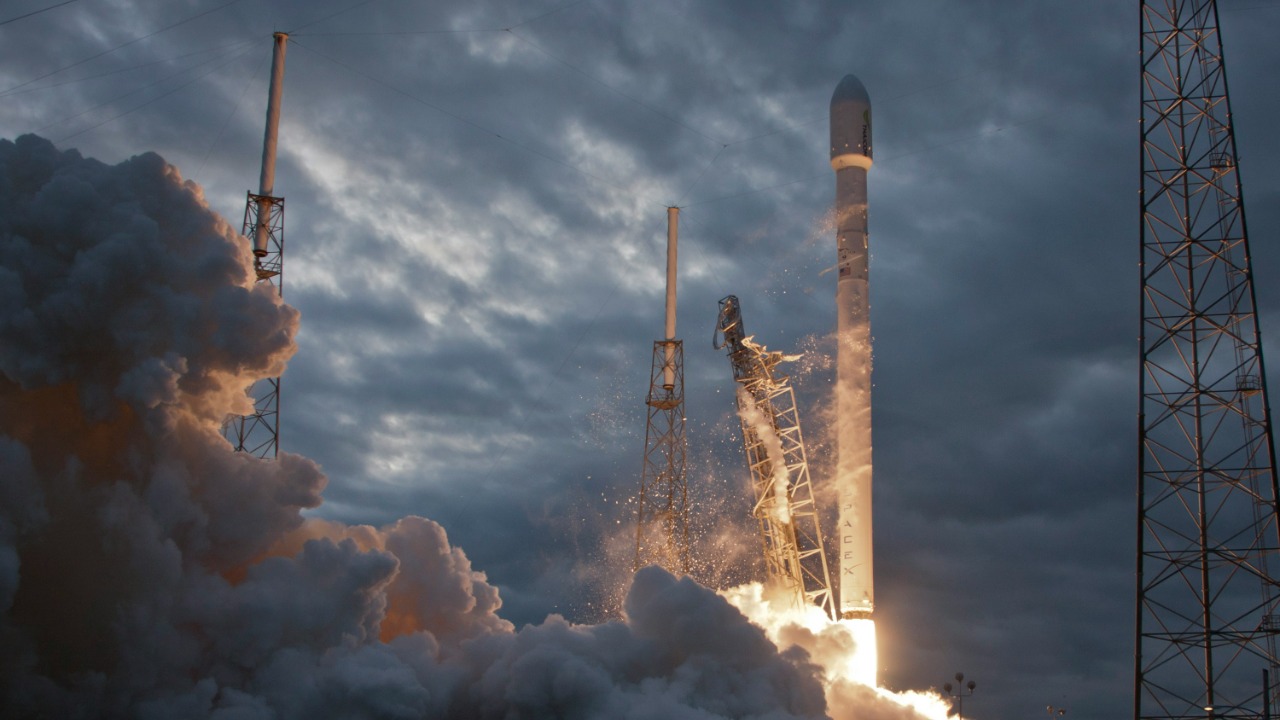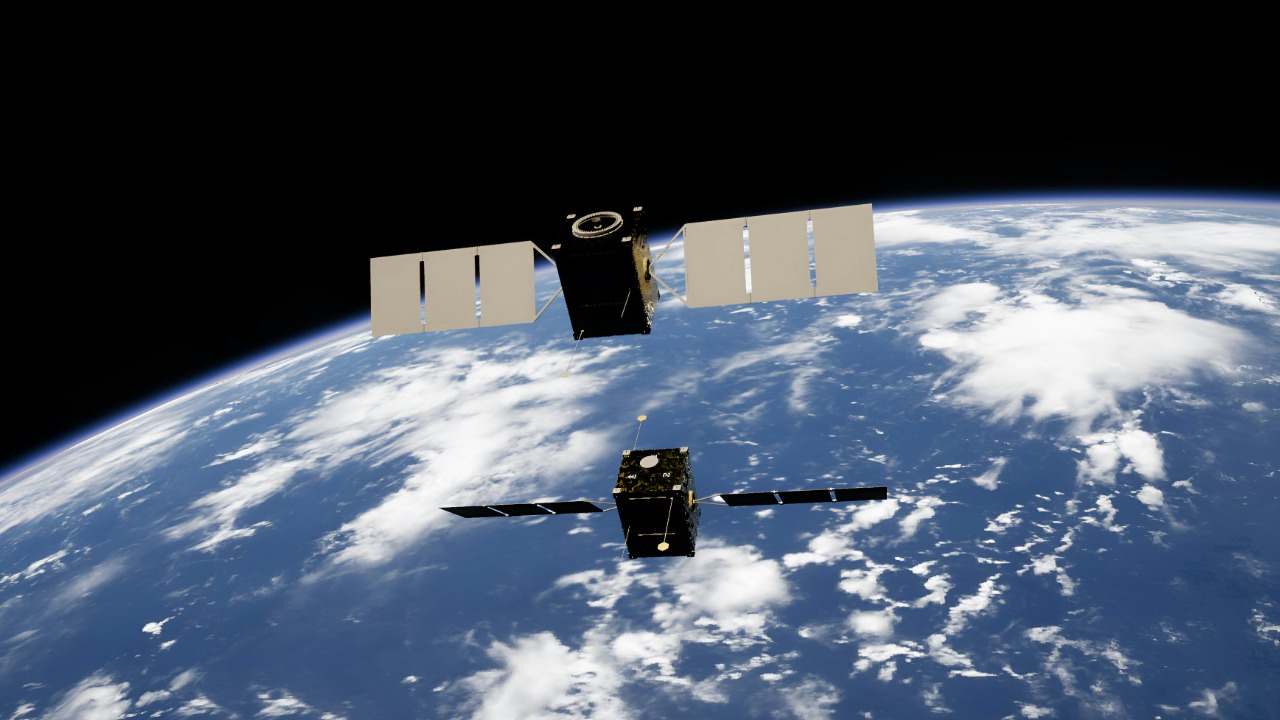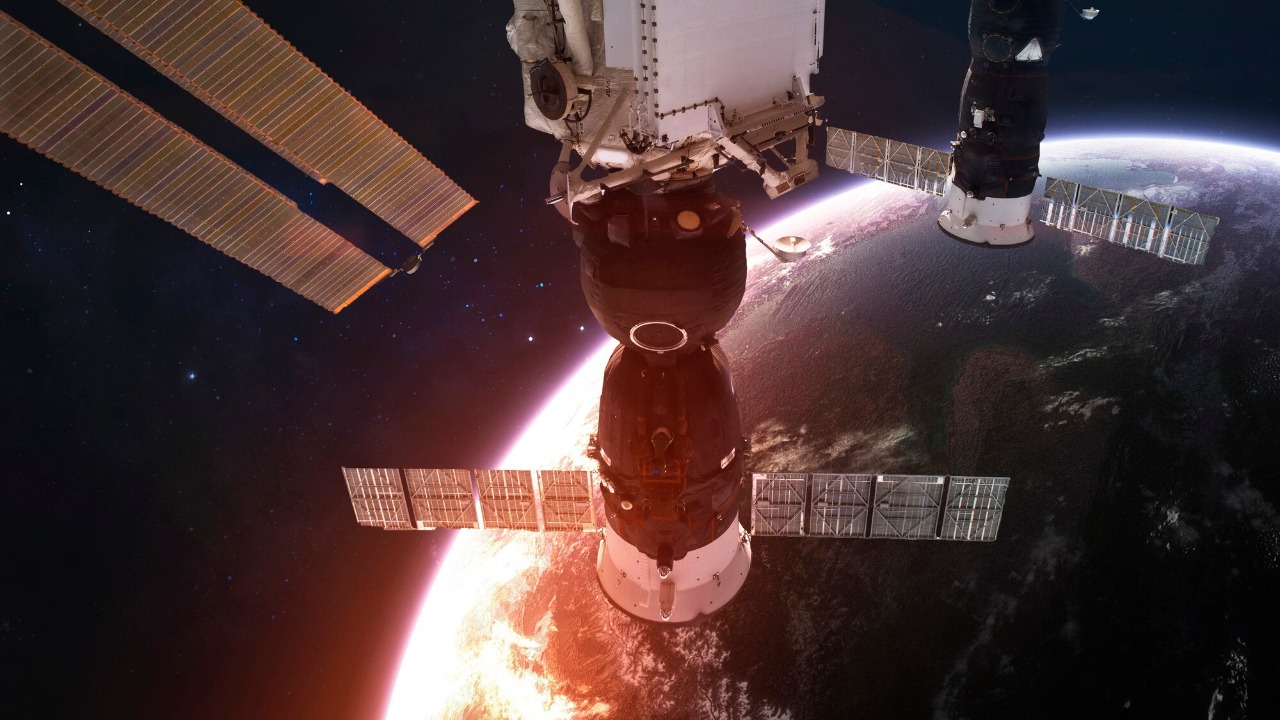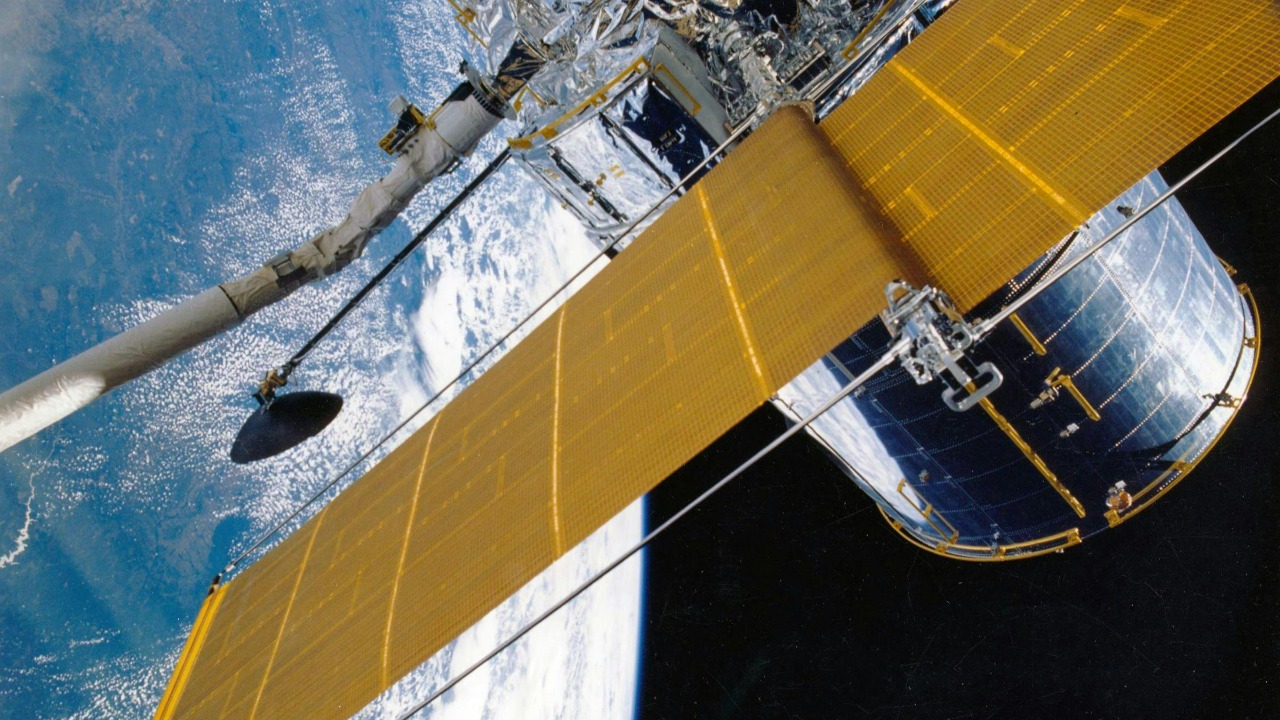
In 2028, the United States Space Force plans to launch a groundbreaking satellite system that promises to revolutionize target tracking capabilities. This mission is poised to enhance global security and redefine our approach to monitoring ground movements. By exploring the technological innovations and strategic implications, we can understand how this launch is set to transform target tracking forever.
Revolutionary Technology Behind the 2028 Launch

The 2028 satellite launch by the United States Space Force is set to bring advanced Ground Moving Target Indication (GMTI) capabilities into orbit. This technology will enable the real-time tracking of ground targets, offering unparalleled accuracy and speed. By utilizing GMTI, the satellites will be able to discern between different moving objects, such as vehicles or groups of people, providing critical insights for military and strategic operations.
Moreover, the integration of artificial intelligence and machine learning into these satellite systems will enhance data analysis and decision-making processes. Through AI algorithms, the satellites will be capable of processing vast amounts of data quickly and efficiently, identifying patterns and anomalies that could indicate potential threats. This technological integration ensures that the data gathered is not only vast but also actionable, providing decision-makers with the information needed to respond swiftly to emerging situations.
Additionally, the satellite’s architecture has been revamped to support robust and resilient operations, even in contested environments. The new design incorporates enhanced materials and systems that allow satellites to withstand interference and potential attacks. This ensures that the United States maintains a strategic edge in space-based surveillance, even amidst growing tensions and competition in space exploration.
Strategic Implications for Global Security

The enhanced surveillance and reconnaissance capabilities provided by the 2028 satellite launch will offer significant strategic advantages. These satellites will provide superior imagery and data, enabling military operations to be conducted with greater precision and effectiveness. By having advanced surveillance capabilities, the United States and its allies can maintain a watchful eye on regions of interest, deterring potential adversaries from engaging in hostile actions.
Furthermore, the launch carries potential implications for international relations, particularly in relation to other nations’ space ambitions. For example, China’s space ambitions have been a point of concern for the U.S. and its allies. With the improved capabilities of these satellites, the United States will be better positioned to counterbalance China’s advancements in space technology, maintaining a crucial advantage in the geopolitical arena.
The new satellite system will also play a vital role in countering emerging threats and challenges in modern warfare. As warfare continues to evolve with new technologies and strategies, having a cutting-edge surveillance system is essential. The ability to track and respond to threats in real time can prevent conflicts from escalating and ensure that military operations are executed with minimal collateral damage.
Challenges and Considerations in Deployment

While the technological advancements of the 2028 satellite launch are impressive, there are several challenges and considerations that must be addressed. The development and deployment of such advanced satellite systems involve overcoming numerous technical hurdles, including ensuring the reliability and functionality of the sophisticated technologies on board. Additionally, the logistical challenges of launching and maintaining these satellites in orbit require meticulous planning and coordination.
Regulatory and policy issues also play a critical role in the successful deployment and operation of these satellites. Navigating the complex regulatory landscape involves adhering to international space treaties and agreements, as well as addressing concerns related to privacy and data security. Ensuring compliance with these regulations is essential to avoid potential conflicts and to maintain the integrity of the mission.
Furthermore, collaboration with allies and partners is crucial for the success of the satellite launch. International cooperation can provide additional resources, expertise, and support, enhancing the overall effectiveness of the satellite system. By working together, allied nations can share the benefits of the advanced tracking capabilities, strengthening global security and fostering a more collaborative approach to space exploration.
Potential Civilian Applications and Innovations

Beyond its military applications, the advanced target tracking capabilities of the 2028 satellite launch hold the potential to benefit civilian sectors. One area of significant impact is disaster response and management. With the ability to provide timely data and insights, these satellites can enhance emergency management efforts, allowing for more effective deployment of resources and coordination during natural disasters.
Additionally, the satellite’s capabilities can be leveraged for environmental monitoring and conservation efforts. By tracking deforestation, wildlife movements, and other ecological changes, these satellites can provide valuable data to aid conservation initiatives and promote sustainable practices. This represents a significant opportunity to address global environmental challenges and support the preservation of natural ecosystems.
The technological advancements of the Space Force’s satellite systems also present broader commercial and scientific opportunities. The innovations developed for military purposes can be adapted for civilian use, driving advancements in industries such as telecommunications, transportation, and data analytics. By fostering innovation and collaboration, the 2028 satellite launch can pave the way for a new era of technological progress and economic growth.